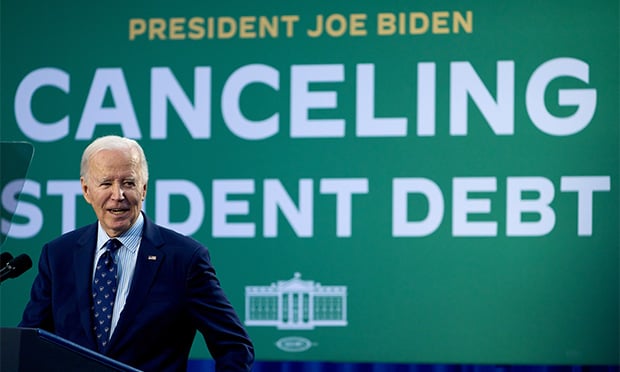Baby boomers changed the paradigm in nearly every market they passed through, so why should retirement be any different?
You need look no further than those rock and roll concerts the age cohort continues to fill. The artists performing at these venues tend to be well beyond the traditional retirement age. Why should it be any different for the generation that once held them up as teenage idols?
I’ve noticed a plethora of articles on the concept of what many call “Retirement 2.0” (the earliest reference I found of this phrase is from a PRWeb article dated June 30, 2014). Indeed, I wrote a series of articles on the subject last month. Of interest, though, is the different responses we’ve seen to this between public officials/policy wonk (i.e., those who don’t practice within the field) and those with actual, real-life, hands-on experience. It’s as distinct as the whole “glass half empty/glass half full” debate.
Almost anywhere you turn, politicians and talking heads cry about the “impossible dream” of retirement facing many people.
Unfortunately, they don’t have the slightest grasp as to what’s really happening.
The best example of this occurs when the combine the popular memes of “lost retirement” and “income gap” to conclude the poorest in the nation are too poor to save for retirement; ergo, they won’t ever be able to retire.
Those who know the score know that’s not the group being robbed of retirement. It’s the middle class who stands to “suffer” the most. The extremely rich can afford to do anything they want. They extremely poor will continued to be subsidized by the extremely rich through omnipresent cradle-to-grave government programs – at least until the extremely rich pack up and move out.
Of course, there are some who argue neither the extremely poor nor the extremely rich need to substantially change their lifestyles when they reach traditional retirement ages (although this may be for different and not necessarily good reasons).
Which brings us back to this idea of “Retirement 2.0” and why I put quotes around the word “suffer” two paragraphs earlier.
Practitioners have discovered everyday ways to help retirement savers decrease their Goal-Oriented Target (i.e., the investment return required of their assets/contributions to meet their retirement goal).
Of those listed in the article “5 Things to Do to Improve a Retirement Investor’s Goal-Oriented Target,” (Fiduciarynews.com, August 12, 2014) a majority of them redefine what we have come to call “retirement.”
For a variety of excellent reasons, many won’t retire when they reach retirement age. They may simply cut back hours on their existing job until they’re just too bored to show up anymore. They may leave their long-term career for another, less stressful, job. They may convert their lifetime hobby into a small business that provides enough supplemental income to carry them into their early retirement years.
And this is no mere idle speculation. This is happening right now in America. While talking heads are crying wolf, warning of a society where people have to work until they die, real people are cruising into a comfortable retirement.
No, it’s not like their father’s retirement, fueled by the twin engines of a corporate pension and the wealth produced from (even a short-term) defined contribution plan. And, no, it’s not like their grandfather’s retirement, from a time when people actually did work until they died.
This is Retirement 2.0. It’s new, and many living it think it’s improved.
But what would you expect from the baby boom generation?
Complete your profile to continue reading and get FREE access to BenefitsPRO, part of your ALM digital membership.
Your access to unlimited BenefitsPRO content isn’t changing.
Once you are an ALM digital member, you’ll receive:
- Breaking benefits news and analysis, on-site and via our newsletters and custom alerts
- Educational webcasts, white papers, and ebooks from industry thought leaders
- Critical converage of the property casualty insurance and financial advisory markets on our other ALM sites, PropertyCasualty360 and ThinkAdvisor
Already have an account? Sign In Now
© 2025 ALM Global, LLC, All Rights Reserved. Request academic re-use from www.copyright.com. All other uses, submit a request to [email protected]. For more information visit Asset & Logo Licensing.








